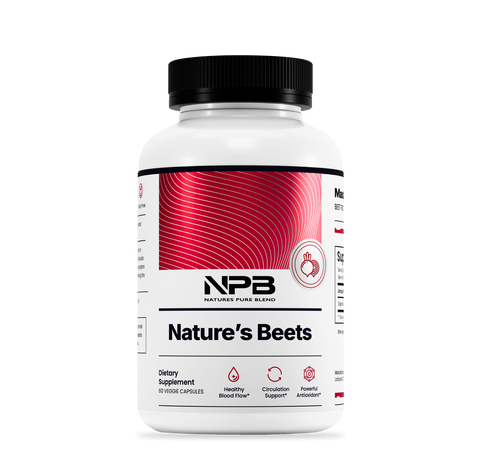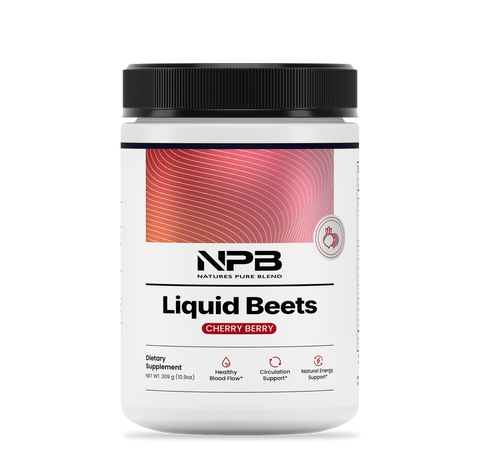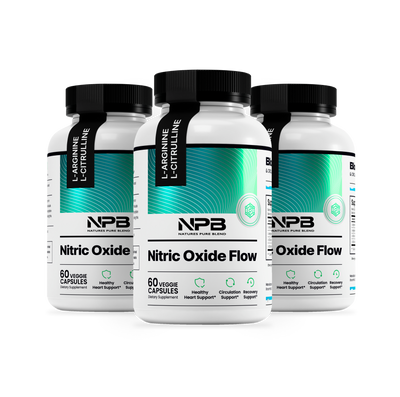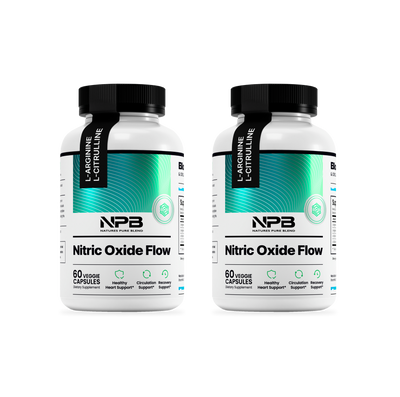Nitric oxide is a signaling molecule that plays a crucial role in maintaining healthy blood flow, vascular tone, and tissue oxygenation. Seasonal changes, particularly the transition into colder months, can naturally lower nitric oxide levels. Reduced nitric oxide can contribute to higher blood pressure, diminished circulation, lower energy, cognitive sluggishness, and decreased sexual function.
Understanding the physiological mechanisms behind these shifts can help you take proactive steps to support vascular and overall health. Here are seven seasonal factors that can influence nitric oxide balance:
1. Vasoconstriction in Cold Temperatures
Cold exposure triggers vasoconstriction—the narrowing of blood vessels to conserve heat. Narrowed vessels reduce shear stress on endothelial cells, which in turn decreases the activity of endothelial nitric oxide synthase (eNOS), the enzyme responsible for nitric oxide production. 1
2. Decreased Sunlight and Vitamin D Levels
Shorter days reduce ultraviolet B exposure, which lowers vitamin D synthesis. Adequate vitamin D supports endothelial cell health and proper nitric oxide production. Lower vitamin D levels can indirectly impair vascular function and nitric oxide availability. 2, 3
3. Reduced Physical Activity
Physical activity stimulates nitric oxide release through increased blood flow and shear stress on vessel walls. During colder months, outdoor activity often declines, reducing this natural stimulation and potentially decreasing nitric oxide levels. 4
4. Seasonal Dietary Patterns
Seasonal changes in nutrition and metabolism can affect nitric oxide levels. During colder months, the body may experience shifts in metabolic processing and increased oxidative stress, which can reduce nitric oxide availability and impair vascular function. 5
5. Elevated Stress and Cortisol
Seasonal changes, holiday demands, and reduced daylight can increase stress hormone levels, particularly cortisol. Elevated cortisol can impair endothelial function and nitric oxide production, affecting vascular relaxation and overall circulation. 6
6. Disrupted Sleep Patterns
Shorter daylight hours can disrupt circadian rhythms and sleep quality. Adequate restorative sleep supports nitric oxide-mediated vascular function, while insufficient or irregular sleep can reduce nitric oxide bioavailability and endothelial responsiveness. 6
7. Hormonal Adaptations to Cold
Cold exposure triggers endocrine adjustments, including thyroid and adrenal responses, which can influence basal metabolic rate and vascular tone. These hormonal shifts may indirectly affect nitric oxide synthesis and endothelial signaling.















